As we start a new year, Advertisers and Publishers alike are striving to drive incremental growth and strategic scale of their revenue and bottom line. One of the best ways of driving that incremental lift is through strategic conversion optimization.
What does this mean? This means that every dollar you spend on marketing goes a whole lot farther. Why? Because when you invest in conversion optimization, you’re ultimately helping more people buy more easily however using the same, or less budget. This equals a greater ROI and ROAS on marketing campaigns, and far more engaged partners who are driving traffic to your website and landing pages!
This week we interviewed Co-Founder and President of Conversion Fanatics, Justin Christianson, to tell us a little more about what brands should be doing to maximize revenue through conversion rate optimization this year.
Q: Advertisers are always looking at how to drive more sales from their affiliate and performance marketing programs. What is the first thing you suggest brands look at when it comes to conversion to know if it’s time for them to invest in it?
The first thing I generally recommend is to look at what their website visitors are telling them. This could be in the form of qualitative or quantitative data such as heat/click maps, visitor flow and analytics. Your data tells a story of how your marketing is perceived by their audience. What you or I think doesn’t matter. All that really matters is what the visitors think. They are the ultimate catalyst.
is perceived by their audience. What you or I think doesn’t matter. All that really matters is what the visitors think. They are the ultimate catalyst.
If you want to improve your marketing performance you must find out how your visitors interact with your [partner’s] marketing messages and site. You need to find out where they are coming from, where they are going and where they are falling off. Then put your focus on the biggest leveraged areas.
A good example is maybe you find out that visitors are getting to your product detail page but then instead of adding something to the cart they are clicking on the “about us” link in the menu. This would indicate that the visitors don’t trust you [or the referral site] enough to actually make a purchase. You would then look for ways to build trust on the details page and test those elements to see how much weight they truly have when it comes to conversions.
The second way is to make sure you are consistent and congruent throughout the entire visitor journey. This means your ad [or affiliate referral link] should match the landing page and you should continue selling the benefits of your solution until the desire goal is reached.
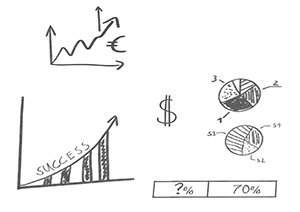 When it comes to finding out if you should invest in improving your conversions I generally tell people that there is no wrong time. Markets are constantly evolving, buying habits are changing and attention spans are getting shorter. The only thing I have truly found to have a meaningful impact on overall and long term growth in my 15+ year digital marketing career is conversion optimization.
When it comes to finding out if you should invest in improving your conversions I generally tell people that there is no wrong time. Markets are constantly evolving, buying habits are changing and attention spans are getting shorter. The only thing I have truly found to have a meaningful impact on overall and long term growth in my 15+ year digital marketing career is conversion optimization.
You need to constantly be evolving as the markets change and the only time tested way to do that is to follow a strategic conversion optimization plan.
Through optimization you will learn more about your visitors’ behaviors which will allow you to better connect with them through your [performance and affiliate] marketing in turn making you more money.
Q: People talk a lot about user experience on their website, mobile and landing pages. What tips or tricks can you give that will help people maximize user experience from a cross channel, and cross device, perspective?
The biggest mistake I see companies make is treating every traffic source the same. There is no one size fits all here.
If you have a mobile responsive site you need to make sure you optimize the user experience on the mobile version of the site and not just the desktop. The browsing habits on desktop are different than that of mobile. More people scroll on mobile vs. desktop thanks to smart phones. Just a flick of the thumb and you are down the page.
 User experience is vitally important to overall marketing performance. If you can’t capture their attention quickly, get them engaged and through to the next step you want them to take you will struggle to grow and scale.
User experience is vitally important to overall marketing performance. If you can’t capture their attention quickly, get them engaged and through to the next step you want them to take you will struggle to grow and scale.
When looking at user experience you need to figure out what the visitors are paying attention to, what the important elements are on the page and what they are ignoring. A great way to do this is either through user testing, survey your customers, [partners], and/or leverage heat maps.
What I generally look for when analyzing a site [or partner landing page] is if the value proposition is clear, meaning within 5 seconds, and I can tell what you do, how it will benefit me and what the next step is along with what I will get by taking that next step.
Then I look to make sure there is a clear path along the journey to the end goal that is free from clutter or other distracting elements.
 A good example here is maybe you have a webinar, a white paper, a free trial and a demo. Which desired action do you want taken more? What holds the most weight for you as a company? Put your focus on that main goal. We improved demo request signups for a large software company by over 25% by following this rule. We simply removed the options that could confuse the visitors putting the focus on the demo signup. [The same approach can be taken with ecommerce product sales and mentorship with affiliate partner workflows.]
A good example here is maybe you have a webinar, a white paper, a free trial and a demo. Which desired action do you want taken more? What holds the most weight for you as a company? Put your focus on that main goal. We improved demo request signups for a large software company by over 25% by following this rule. We simply removed the options that could confuse the visitors putting the focus on the demo signup. [The same approach can be taken with ecommerce product sales and mentorship with affiliate partner workflows.]
Another example was a company that was selling women’s clothing but had horrible engagement on mobile. What we did was made it simple for visitors to select color, size and quantity by expanding the menu items to remove the need for an additional click, and it increased their mobile conversions by over 39%.
The bottom line is you need to engage your visitors at every step, sell the benefits of your solution and make it simple for them to get to the end goal you want them to achieve on your site.
Q: What are some of the main KPIs that a conversion optimization company or department might look at? For example, people are familiar with the thought of a conversion on a sale or lead, but are there other KPIs brands or publishers should be looking at?
This is a great question. So many times companies get hung up on the actual conversion rate percentage when they should be focusing on a couple different metrics, average order value or value of the lead and the cost per acquisition.
When you focus on these numbers your conversion rate becomes a relative number.
If you focus solely on the conversion rate and working to improve that you could actually end up making yourself less money.
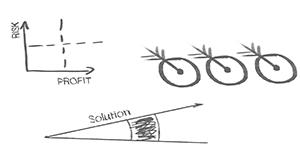 An example is… You sell a product for $50 and upon checkout you have an upsell opportunity that sells a $100 product. Instead of $50 you test the price at $40. It is safe to assume for this example that more people will buy the $40 version than the $50 version, increasing your front end conversion rate, but as a result half as many people buy the $100 upgrade which brings down your average order value considerably.
An example is… You sell a product for $50 and upon checkout you have an upsell opportunity that sells a $100 product. Instead of $50 you test the price at $40. It is safe to assume for this example that more people will buy the $40 version than the $50 version, increasing your front end conversion rate, but as a result half as many people buy the $100 upgrade which brings down your average order value considerably.
Once you get a handle on your AOV and your CPA metrics then you can work to incrementally improve your conversion rate at every step.
Some other elements to look out for are bounce rate, which can indicate low engagement. If you are using video look for video engagement numbers. Then from there it is important to look at micro conversion metrics such as clicking on a shop now button or adding a product to cart or maybe it is as simple as selecting a size or color of an item.
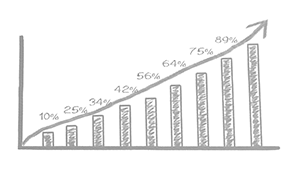 Each touch point gives the opportunity to gain improvement, but only if you are looking for it.
Each touch point gives the opportunity to gain improvement, but only if you are looking for it.
With our optimization process at Conversion Fanatics and what we do for our clients, we put the majority of the focus on the big picture as to what the numbers are telling us, then work to improve each step in the visitor flow. We test and measure what elements hold the most weight on the page so that we can set ourselves up to give the visitors more of what they want in turn improving the marketing performance.
– –
In summary, if you’re an affiliate or advertiser looking to increase your sales and improve your user experience, being cognoscente on conversion optimization will help you drive increases to desired results that will create the lift you are looking for.
Optimize your conversions with these 5 critical steps.

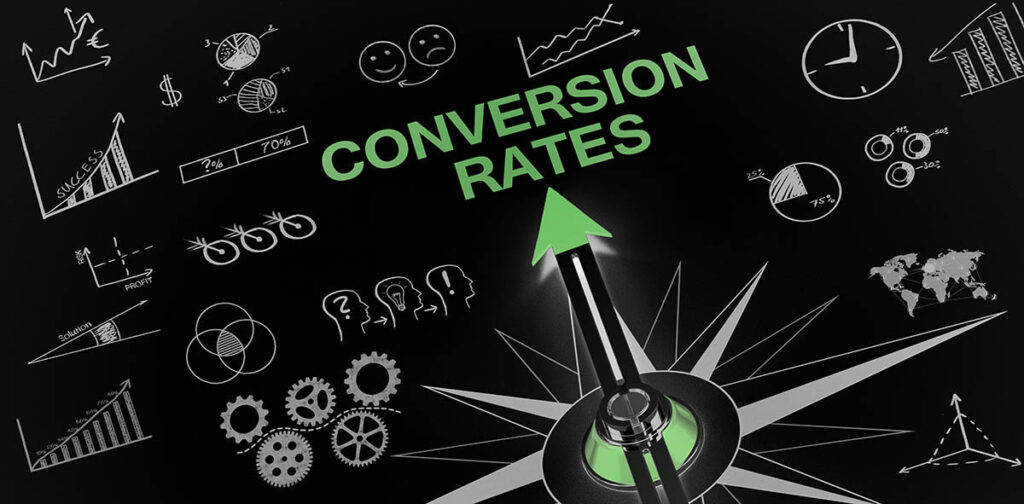




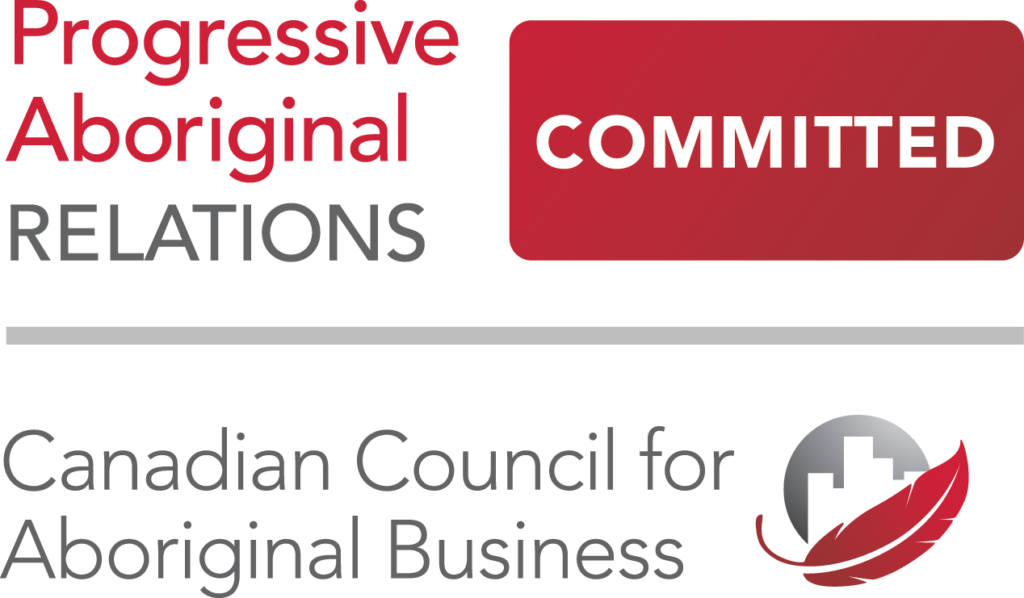





Comments are closed.